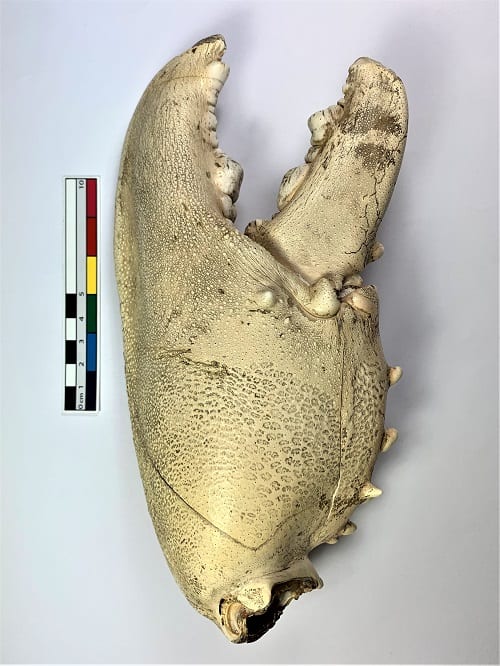Specimen of the Week 386: A Cocktail of Spirits: Fluid Preservation at the Grant Museum
By Katie Davenport-Mackey, on 19 July 2019
The Grant Museum contains a staggering number of specimens – the estimate is more than 68,000 – and approximately 10% are fluid preserved specimens. Fluid preservation describes specimens that are preserved in chemicals that protect them from deterioration. There are three components to a fluid preserved specimen:
- The fixed specimen: The specimen is injected or ‘fixed’ with a chemical that prevents decomposition by stabilising the protein molecules. The most common fixative is formaldehyde.
- The preservative fluid: Most fluid preserved specimens are preserved in solutions of alcohol or formalin, a mixture of formaldehyde and water.
- The container: Containers are typically glass jars or bottles sealed with a closure.
Below is a brief description of some of the different preservative fluids that can be found in the Grant Museum.
 Close
Close












